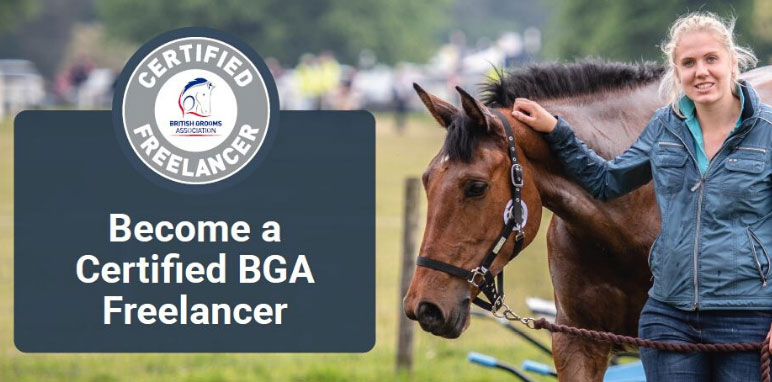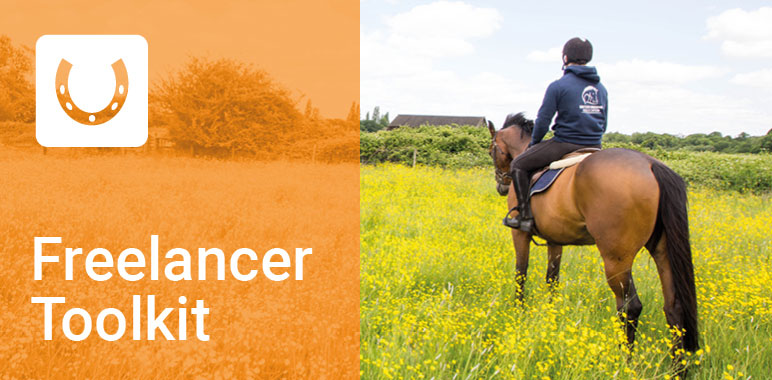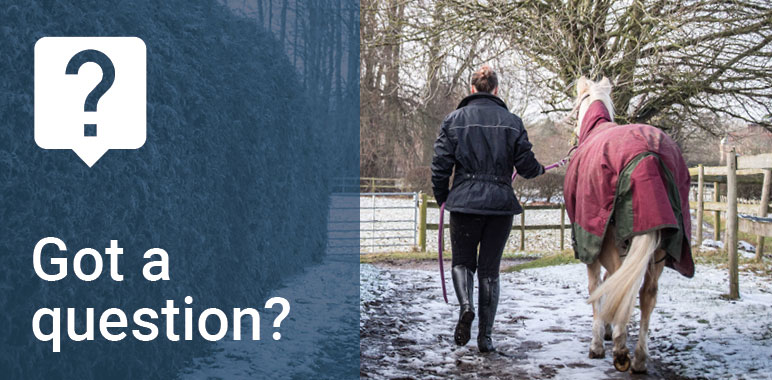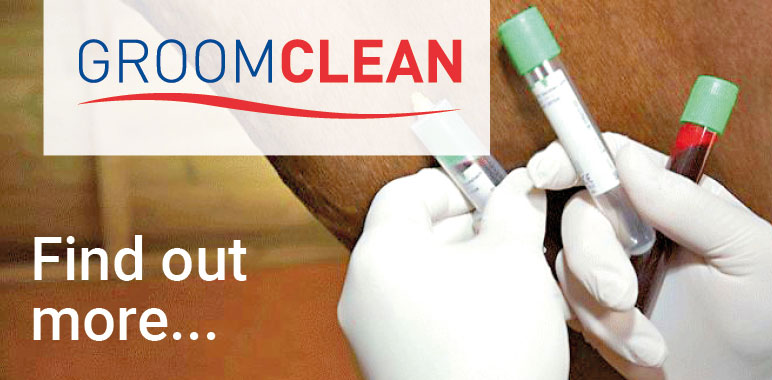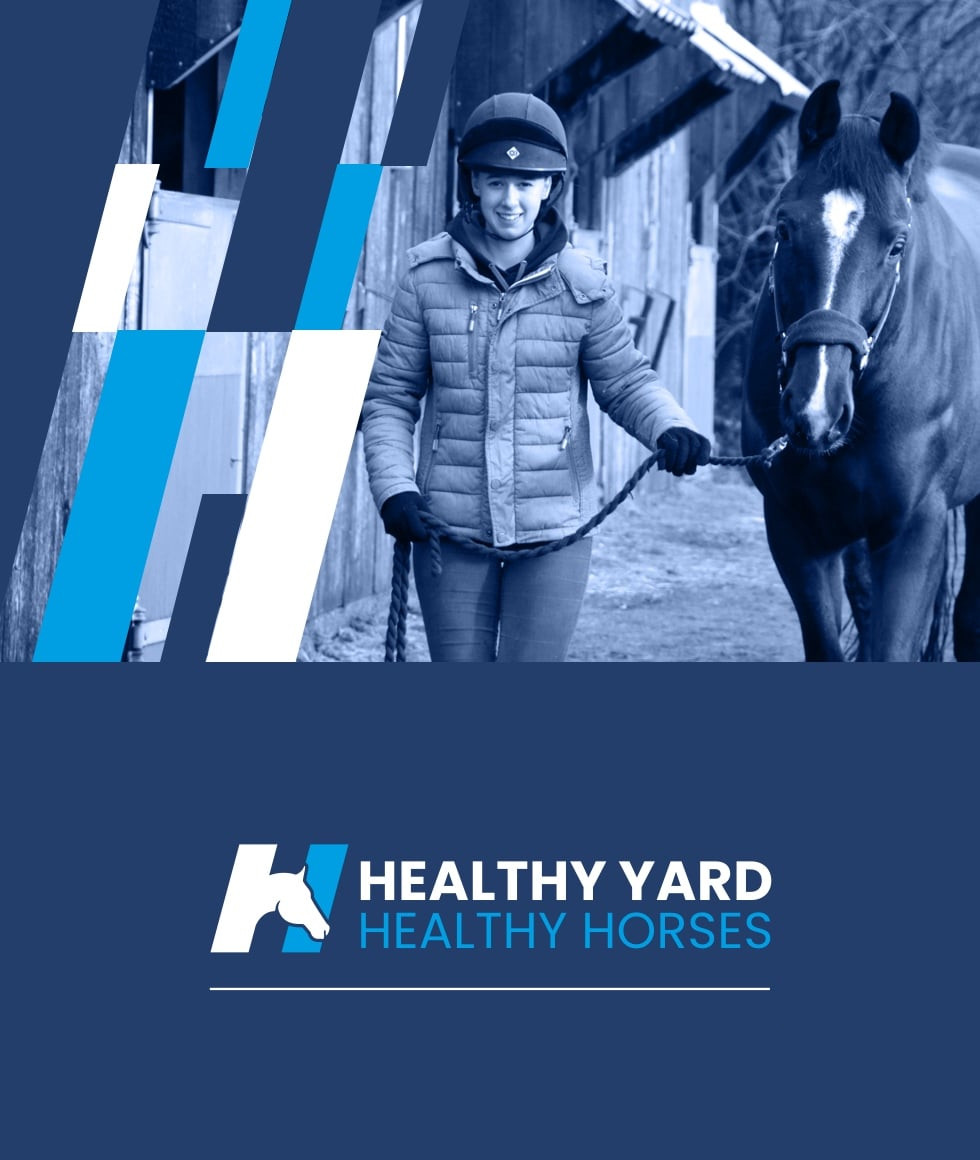- Join Now
- Login
- Member Zone
- Your Career
- Freelancing
- International Grooms Association
- BGA Training
- Healthy Yard Healthy Horses
- Transporting horses
- Brexit
- Safe workplace
- Student Zone
- Member Discounts
- BG Magazine
- Member services
- My employment
- Am I employed correctly
- Grooms Minds
- Safeguarding
- Legal Helpline
- BGA guide to the National Minimum Wage
- Training & Careers
- BGA CV Creator
- Horse groom training
- Where to Train
- BGA E Learning
- Career choices
- Change to Racing
- First Aid training for grooms
- Parents
- Grooms Jobs
- Grooms Life
- About
- News
- Contact

Abscess aware
26th June 2015
Abscesses are particularly common in winter but how they are initially dealt with can significantly determine the prognosis.
The initial signs of an abscess forming might be an increased digital pulse to the foot. The hoof may feel warm to touch (although not always) and the final sign is a usually a sudden onset of severe lameness. Due to potential complications we would always recommend that your vet comes and dig out the abscess. This is because it is not uncommon for an abscess to have more than one tract so it is important they are allowed to drain fully.
If left untreated many abscesses will work their way out through either the sole or coronet band; however the horse is left in excruciating pain until the abscess has drained. The other real risk is that the tract works its way to the pedal bone which is serious and can result in an infected pedal bone. This at best will usually require surgery and mean a huge vets bill, or at worst euthanasia.
Don’t give the horse antibiotics because it slows down the process of resolution – but do make sure that your horse is up to date with their tetanus injections (which are usually given at the same time as your annual flu vaccination). If you suspect your horse has an abscess, call your vet.
Management
Once the abscess has been dug out, tub the foot in warm salt water daily and then poultice using wet animalintex (or similar) and bandage the foot to keep it dry.
Horses should stay in during this time. Once the pus has completely drained use a dry poultice for a few days – again ensuring that the foot stays clean and dry. Nappies are great as an middle layer when used on top of the animalintex.
Please note nappies used on their own will not draw out the pus so still use the animalintex. Grey tape is excellent as an outer protective and water resistent layer.
What the personal accident policy covers you for:
- Whilst at work
- All stable duties – mucking out, grooming, washing off, turning out
- Clipping
- Riding – including hacking and jumping
- Hunting
- Lunging
- Breaking in
- Holding horse for a vet and other procedures
- Travelling horses both in the UK and abroad
- Competing in line with your job including: jumping, dressage, eventing
- Injuries that may happen to you whilst you are teaching - but you must also be grooming as part of your duties and not be a sole instructor
What the personal accident policy doesn’t cover you for:
- Riding in a race, point to point or team chase
- Stunt Riding
- Accidents occurring whilst travelling to and from work
- Riding and competing your own horse (but you can upgrade when applying for membership to include this)
- Public Liability – this is a separate insurance policy - the Freelance Groom Liability Insurance
- Care Custody and Control – this is a separate policy - the Freelance Groom Liability Insurance
If you require additional cover then please contact KBIS directly.
| GROOM | RIDER | EMPLOYER | |
|
When you are working for other people you do most of the following; muck out, turn out/catch in, tack up, groom horses, exercise Horses (including hacking, jumping and schooling), in the care of your employer/client. |
|
|
|
| Predominantly ride horses for other people including schooling, exercising and competing. | NO |
YES |
YES |
| Provide grooming services for someone else either full time or on a freelance basis i.e. an employer or a client. | YES |
NO |
NO |
| Employ staff – have an employers liability policy in your name | NO | NO | YES |
| Buy and sell horses | NO | YES | YES |





